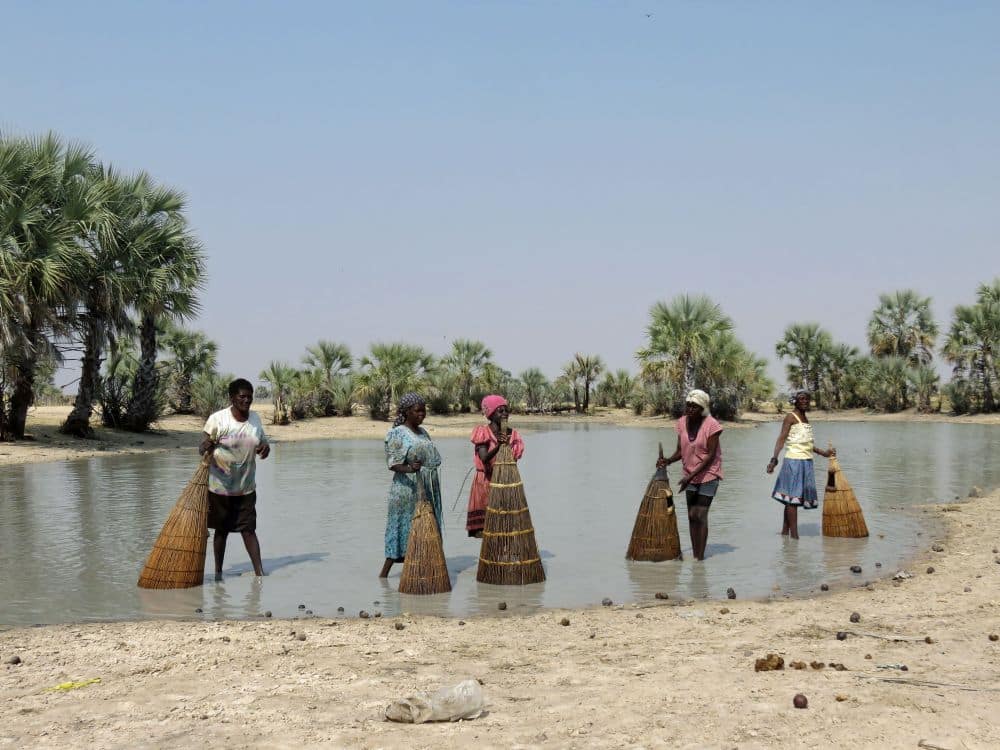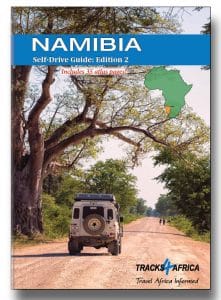The Ovambo regions in northern Namibia have a good network of tarred roads for easy passage from the Kunene to the Kavango and from Etosha to Rundu. But don’t rush through on your way to your next destination – you risk missing out on a wonderful introduction to the Oshiwambo culture. By Ron Swilling
Home to the Ovambo people, Namibia’s largest ethnic group, the four Ovambo regions that crown Etosha National Park have an African character all of their own. Rural and modern life merge seamlessly here, making it possible to visit a traditional homestead and a bustling shopping centre all in the same morning.
The area is characterised by makalani palm trees, mahango (a type of millet) fields, oshanas (seasonal pans) and homesteads. Plus, a bevy of colourful shebeens (informal taverns) with quirky names. At the end of the day, this is where the locals gather for a drink – home-brewed or bottled. For an authentic slice of Ovamboland life, pull up a chair and join them at a table outside.

Here are five essential experiences to introduce you to Oshiwambo culture:
Eat like a local
Stroll through the open markets with their colourful Oshiwambo dresses and baskets of dried mopane worms (the ingredients for a delicious and nutritious meal), chat to the people and sample the food. A stiff mahango porridge eaten with chicken or wild spinach relish and drizzled with marula oil can be enjoyed for supper at Ongula Village Homestead or when visiting Nakambale Museum (bookings essential). Eat the meal in traditional African fashion – scooped up with the fingers of the right hand.
Admire woven work
Basket-weaving is a time-consuming artistic skill that is passed from mother to daughter, and one that is fast dying out. These beautiful vessels are woven from the fronds of the makalani palms and are one of the finest gifts to purchase in this area. The Oshiwambo way with weaving is visible in another age-old tradition: the funnel-shaped woven traps that women use to fish in the pans.

Also read: Six cool campsites in northern Namibia
Tour an African palace
It’s time to change your perception of what a palace is. Take a guided walk through the Uukwaluudhi Royal Homestead in Tsandi. A maze of passageways, bordered by a robust mopane palisade, leads to the various living quarters. The tour gives you good insight into the way of life and traditions of the Oshiwambo people. The homestead is the former home of King Taapopi, who now lives next door. You’ll be thankful for your guide as the passageways were designed to confuse enemies and wild animals.

Sit in the centre of a baobab
There is nothing quite like sitting in the centre of a living tree, and especially a great one like a baobab. The Ombalantu Baobab (situated behind the open market in Outapi at the Ombalantu Baobab Tree Heritage Centre & Campsite) was once a refuge for the Ombalantu people. In more recent times, the tree has also been a post office and a church. Several pews and a lectern still remain.

Visit Nakambale, a century-old Finnish mission
At the end of the 19th century, the mission in Olukonda near Ondangwa was home to Martti Rautanen, who was instrumental in translating the bible from English to Oshindonga. He was fondly nicknamed ‘Nakambale’ after the hat he wore that resembled a basket turned upside down. The cool, thick-walled house is now the museum and the old church and graveyard remain on the grounds. Join manager Maggi Kanaante to visit the adjacent homestead and watch the women pounding grain, weaving baskets, cooking mahangu and extracting the kernels from marula pits for the delicious ondjove oil.

Travel Namibia informed
T4A’s Namibia Self-Drive Guide is an indispensable resource for overlanders eager to explore this vast desert nation. At 400 pages, it’s loaded with information on major attractions, road conditions, campsites, trip planning and more. The traveller descriptions provide context and recommendations, helping you to make the most of your journey.
Get your copy.


